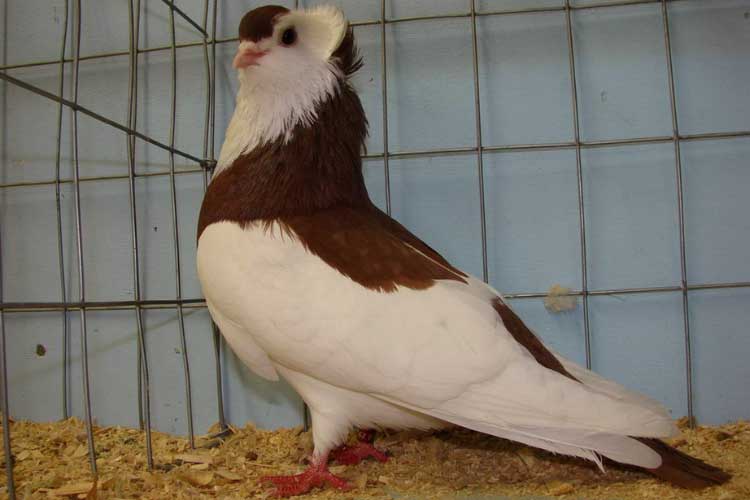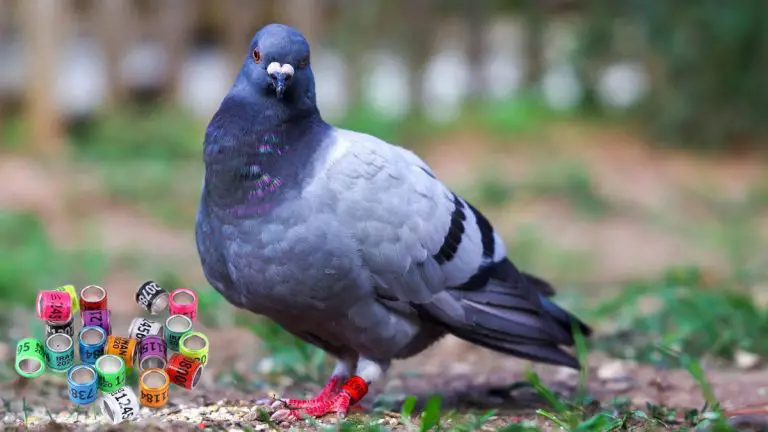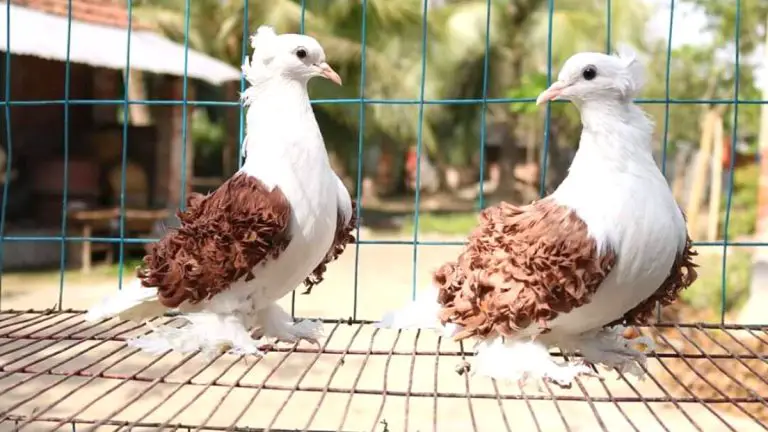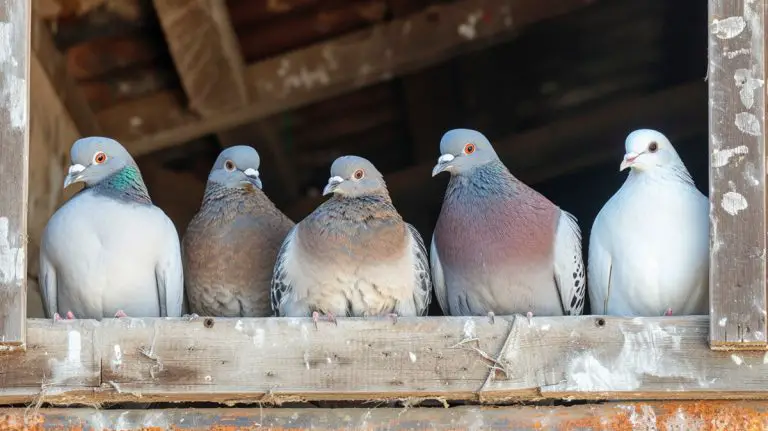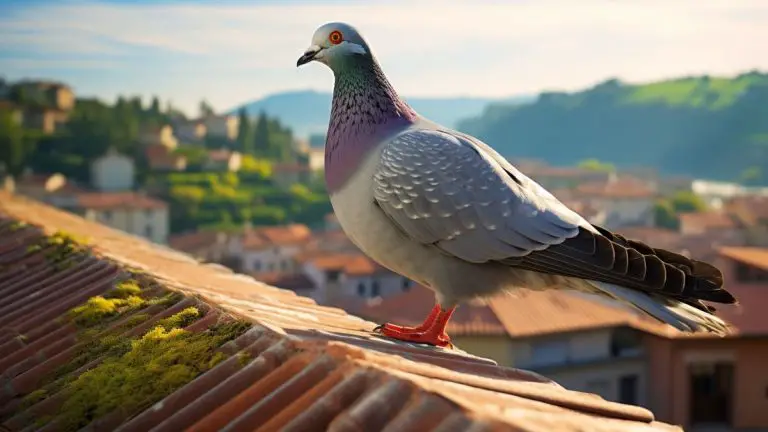The Role of Training in Pigeon Racing
Like any other sport, racing pigeons must be trained before the main event. It’s a necessary step that you will hear experts emphasize over and again. But why?
What is the role of training in pigeon racing? Regular exercise helps condition the birds, building their muscle strength and ability to endure until the end. It also helps build confidence and improve their navigation skills, ensuring they perform at their best without getting lost.
This guide will take you through the benefits of exercising racing pigeons, the training strategies for racing pigeons, and more.
Why is Training Important in Pigeon Racing?
Pigeon racing is popular among fanciers and owners. It’s a sport that requires more than just having the right pigeon breed. Training is an essential part of preparing for a successful race. Why? Check them below.
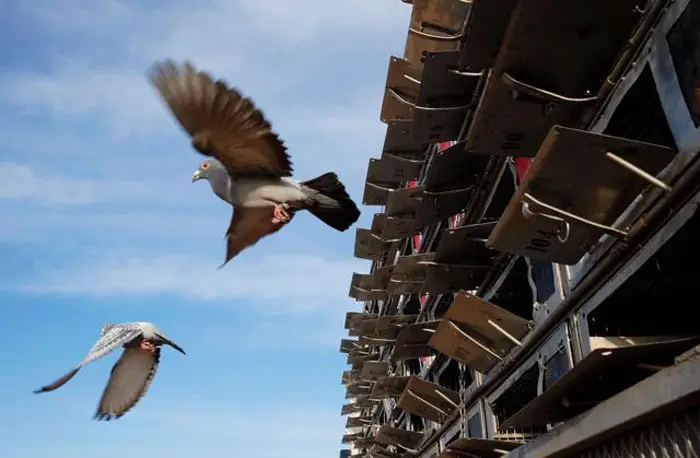
Helps Condition the Birds
Training helps condition the birds and build their fitness levels to prepare them for competition. Pigeons must have strong wings to perform well during a race and easily fly long distances without tiring.
That is done through regular exercises, such as flying around obstacles or taking longer flights over greater distances than normal.
Builds Confidence
When you train the pigeons, you help build confidence in the birds. During the session, the birds will get familiar with their surroundings and know what to expect during a race. That will eliminate any distractions that might come with a new experience.
This confidence can be further increased by providing positive reinforcement during the sessions and rewarding them for good behavior during races. This will help increase the winning odds.
Improves Navigation Skills
The preparation can help improve a pigeon’s navigation skills. This is done by exposing them to different environments. You can also teach them how to use landmarks or other cues to orient themselves when flying long distances. That will help ensure they return home safely after each race and increase their chances of winning.
Types of Training Methods for Racing Pigeons
The training methods for racing pigeons can be broken down into three parts: exercise, schooling, and training.
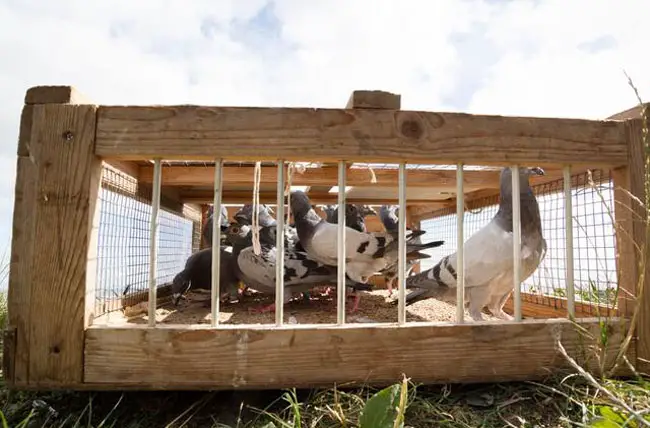
Exercise
Exercise is the first part of getting the racing pigeons ready, normally 2 to 3 weeks before the season starts. It helps them build strength and stamina. It involved picking your birds and taking them or sending them for a toss.
This will help them adapt to flying long distances, which is essential for racing success. You can also use a fly pen (wired area) to help train your birds by allowing them to fly around in a controlled environment.
That will help them become familiar with the feeling of flight and will also help build their ability to endure and complete the race fruitfully.
Schooling
Schooling is another important part of preparing the racing pigeons as it helps teach them how to navigate back home after being released from the dovecote or loft.
You must first train in the race course’s direction, then try to find the breaking point where they will turn around and head back home.
You can draw lines on a map from the lofts in your club to the release point. That way, your birds can get used to flying in that direction before they are released for a race.
Training
This involves teaching the birds how to respond to various stimuli, such as terrain changes, weather conditions, and other environmental factors. Otherwise, these could affect their performance during a race.
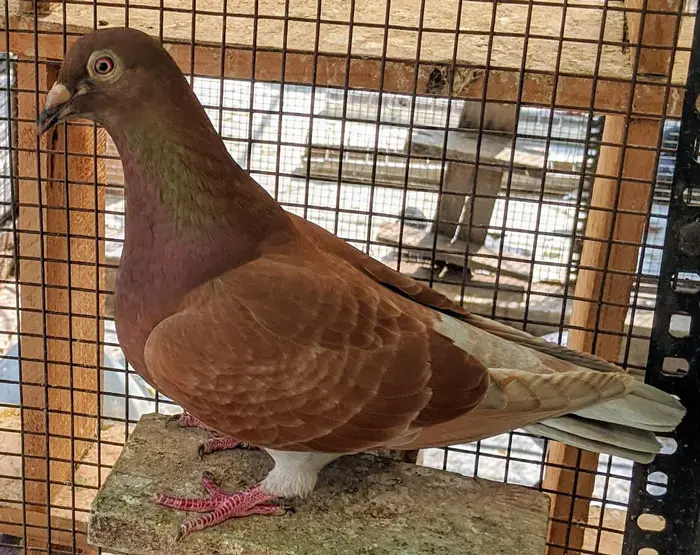
Different birds respond differently to different stimuli. Experiment with different practices until you find one that works best for each individual bird.
Additionally, longer duration and less intense loft flying train middle-to-long distance pigeons. This method produces perseverance rather than pace, which these races need.
Building Speed and Endurance in Racing Pigeons
It is paramount to know how to make your racing pigeons fly faster and improve their ability to endure and complete a race. So, how do you do it?

Diet
Racing pigeons need to maintain a healthy, balanced diet of grains, vegetables, fruits, and proteins like eggs or fish to stay fit for competition. Water must also be readily available at all times for them.
Pigeons are designed to fly with strength, thanks to a powerful combination of muscles and high metabolism. For racing purposes, the main focus is on optimizing three muscle fibers: slow twitch, fast oxidative, and fast glycolytic.
These fiber types are equally balanced out in their proportions by these preparation methods. Consequently, it allows for a greater pace during races and improved performance overall.
Slow twitch fibers are used for persistence, while fast oxidative and fast glycolytic fibers are used for explosive power. By developing these muscles in the right balance, your pigeons will have the necessary power and continuance to perform at their best.
Regular Exercise
Racing pigeons require regular exercise to help build pace and increase their burnout point, allowing them to complete the race in better form. This can be done by releasing them from various distances so that they can practice flying back home.
That can include long-distance flights, sprints, or even just flying around the loft. The more practice they get, it will be easier for them to navigate their way back home easily and without burning out.
Factors to Consider When Designing a Training Program
When designing a training program for racing pigeons, you want to ensure you’re creating an effective and safe bird plan. The following factors ensure that your preparation program is tailored to the individual needs of each bird.

Type of Race
Typically, the intensity and duration of the pigeon exercises are mostly determined by the type of race you’re about to participate in. During long-distance races, pigeons must have adequate constancy and strength to complete the course without fatigue or injury. That’s why lengthy races above 500 miles require longer and more intense sessions. For short races typically between 60 and 250 miles, you need to give them regular and consistent sessions.
Age and Experience Level
When designing an exercise program, your birds’ age and experience level should also be considered. Young birds may need more frequent breaks during their sessions as they are still developing their muscles.

Older birds may need less frequent breaks but more intense workouts as they have already developed some muscle memory from previous races or flights. Experienced birds may require less intensive workouts but regular exercise to stay in peak physical condition for upcoming races.
Feeding Schedule
In addition to an appropriate workout schedule, it’s necessary to maintain a healthy feeding schedule. A balanced diet with plenty of carbohydrates, vitamins, protein, minerals, and water will keep birds healthy and strong during the sessions.
Tips for Effective Pigeon Racing
Like most sports we know, a trick or two can help you gain an advantage over your competitor. Here are some tips and best practices for effective pigeon racing to help you get the most out of your birds.
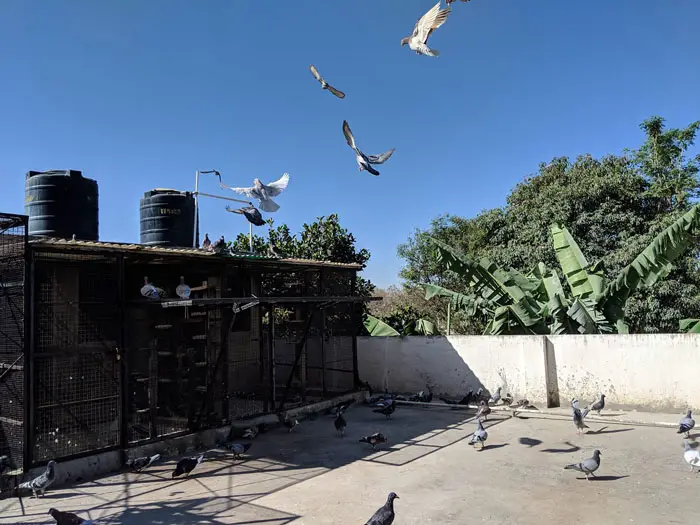
Tip #1: Good Health is Essential
Good health is essential for a successful pigeon race. Ensure your birds have a balanced diet, plenty of water, and a clean living environment. Regular check-ups with a vet are also important to ensure their health and well-being.
Tip #2: Get Quality Genetics
When selecting pigeons for breeding or racing, get high-quality winning genetics from reputable breeders or fanciers. This will give you an edge over other competitors and increase your chances of success in the sport.
Tip #3: Keep Coops Clean
Keeping your coops clean is essential for maintaining good health in your birds. Regularly clean out droppings, replace bedding material, and disinfect any surfaces that may have come into contact with disease or parasites.
Tip #4: Feed Appropriately
Feeding your pigeons appropriately is important for their overall health and performance during races. Provide them with a balanced diet three times a day and ensure they have access to all they want to eat at each feeding session.
Here is a video discussing the various techniques you can employ to ensure your racing pigeons adapt and perform exceptionally well:
Frequently Asked Questions (FAQs)
It typically takes about four to five months to train a racing pigeon. The training begins when the pigeons are 6 weeks old and can start learning how to use the trapdoor in their loft.
By providing well-timed additional exercise and enough rest. Supplementation before the race can also help the pigeons fly faster and pace themselves better during the races.
Conclusion
The pigeon race is a fascinating and challenging sport that requires careful training and preparation to ensure success. From regular exercise to building confidence and improving navigation skills, training helps condition the birds and prepare them for competition. There are several ways to train pigeons for racing, such as exercise, schooling, and training.
Providing your birds with a well-balanced diet and plenty of exercise will help build pace and allow the region to endure the race and finish it strong. By following these tips and best practices, you can ensure your birds perform to their fullest potential and have a successful race.

